For a long time, the cheapest iPhones were basically just iPhones that were older than the current flagship, but last week’s release of the $600 iPhone 16e marks a big change in how Apple is approaching its lineup.
Rather than a repackaging of an old iPhone, the 16e is the latest main iPhone—that is, the iPhone 16—with a bunch of stuff stripped away.
There are several potential advantages to this change. In theory, it allows Apple to support its lower-end offerings for longer with software updates, and it gives entry-level buyers access to more current technologies and features. It also simplifies the marketplace of accessories and the like.
There’s bad news, too, though: Since it replaces the much cheaper iPhone SE in Apple’s lineup, the iPhone 16e significantly raises the financial barrier to entry for iOS (the SE started at $430).
We spent a few days trying out the 16e and found that it’s a good phone—it’s just too bad it’s a little more expensive than the entry-level iPhone should ideally be. In many ways, this phone solves more problems for Apple than it does for consumers. Let’s explore why.
A beastly processor for an entry-level phone
Like the 16, the 16e has Apple’s A18 chip, the most recent in the made-for-iPhone line of Apple-designed chips. There’s only one notable difference: This variation of the A18 has just four GPU cores instead of five. That will show up in benchmarks and in a handful of 3D games, but it shouldn’t make too much of a difference for most people.
It’s a significant step up over the A15 found in the final 2022 refresh of the iPhone SE, enabling a handful of new features like AAA games and Apple Intelligence.
The A18’s inclusion is good for both Apple and the consumer; Apple gets to establish a new, higher baseline of performance when developing new features for current and future handsets, and consumers likely get many more years of software updates than they’d get on the older chip.
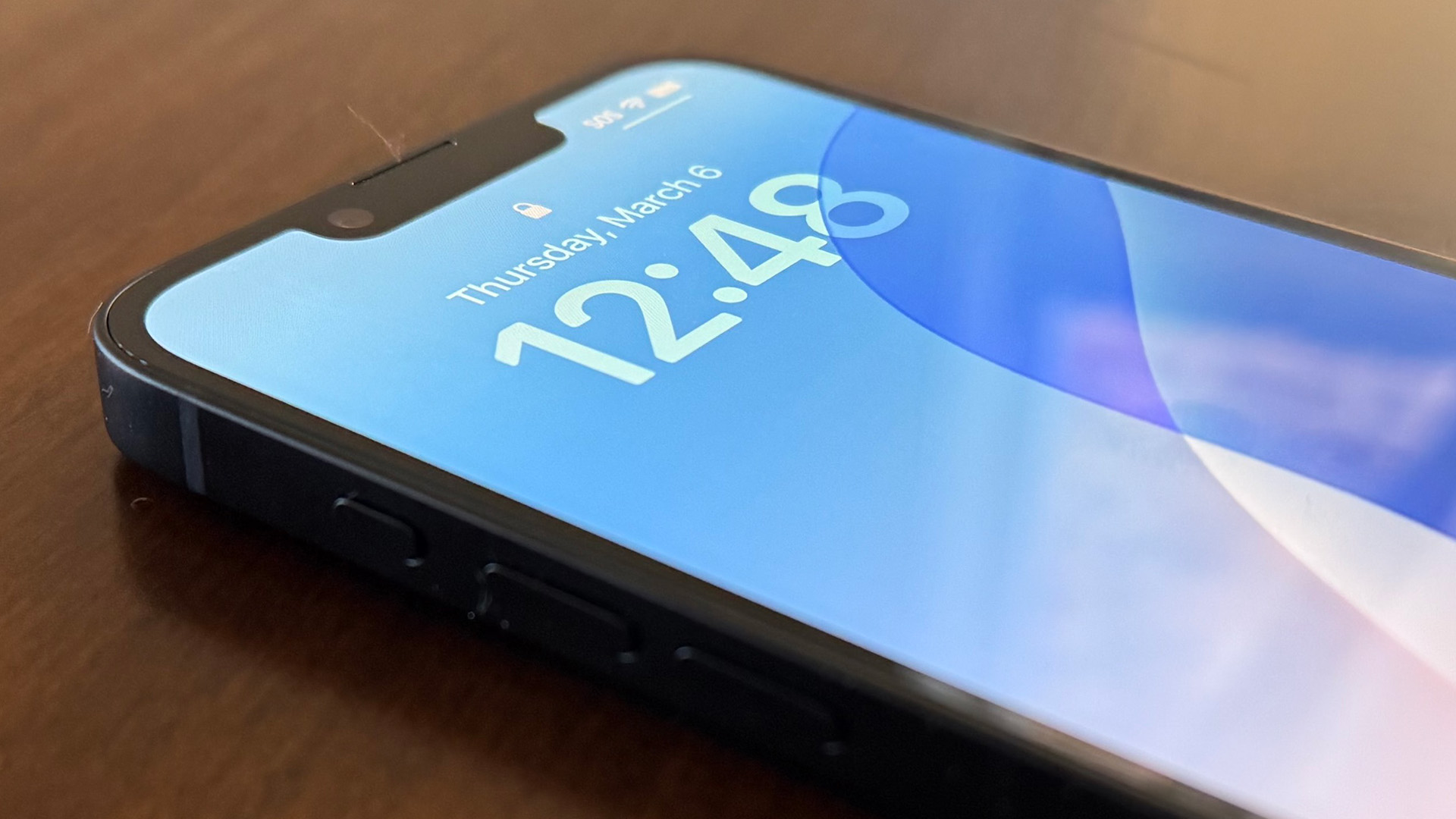
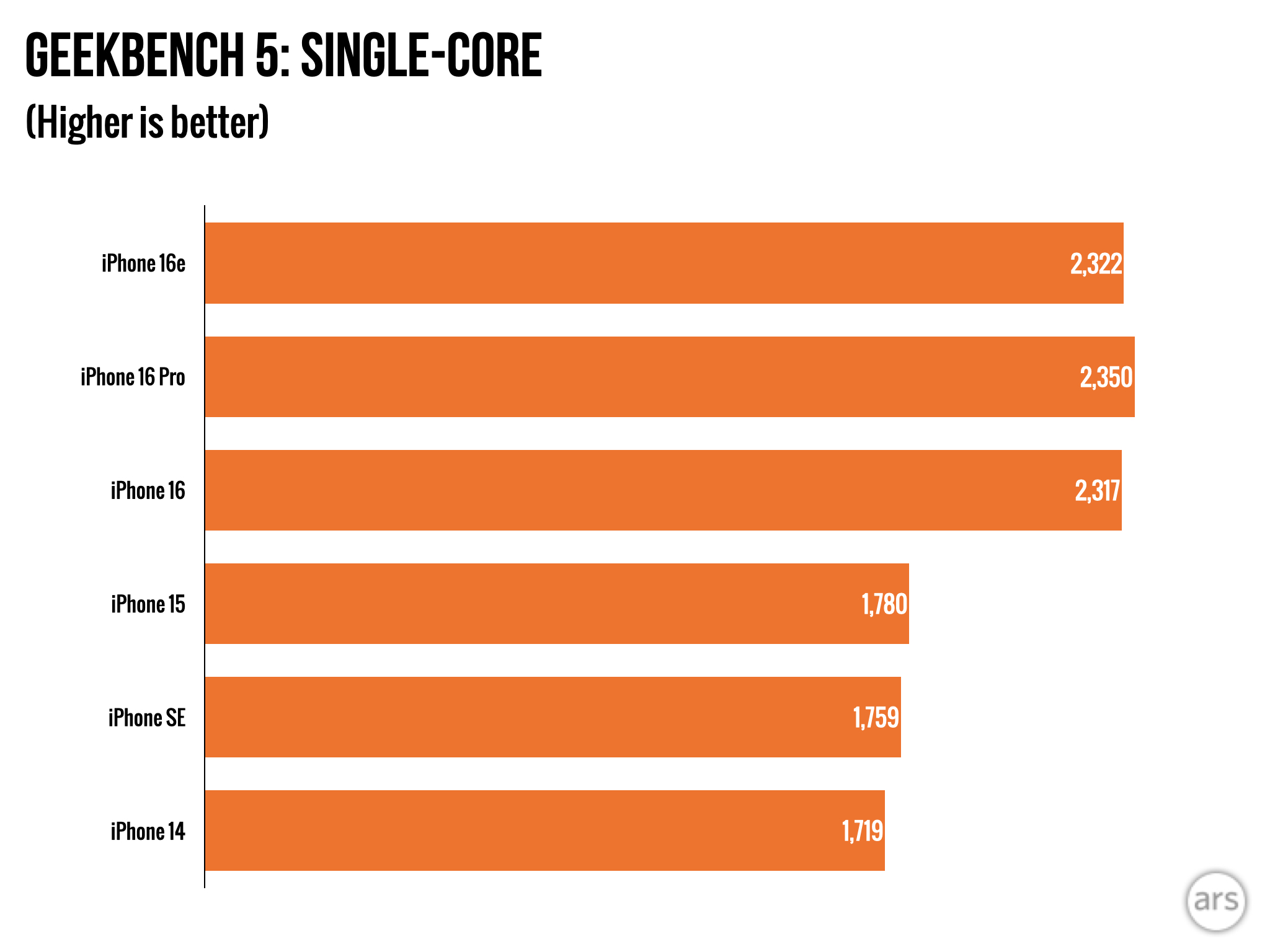
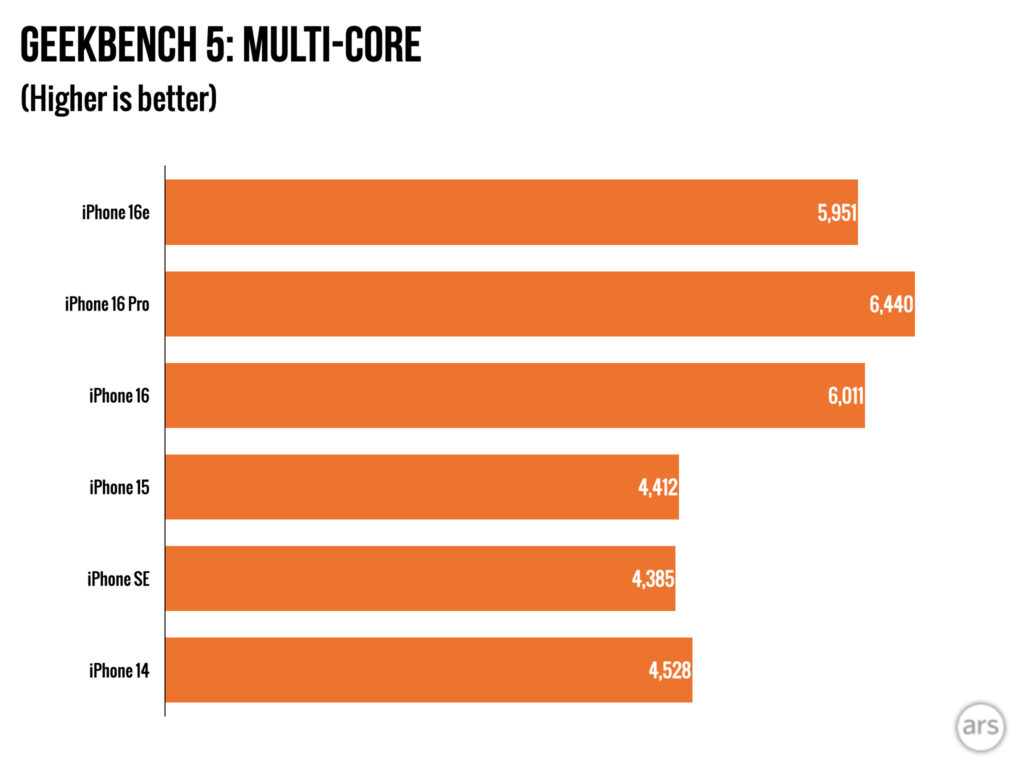
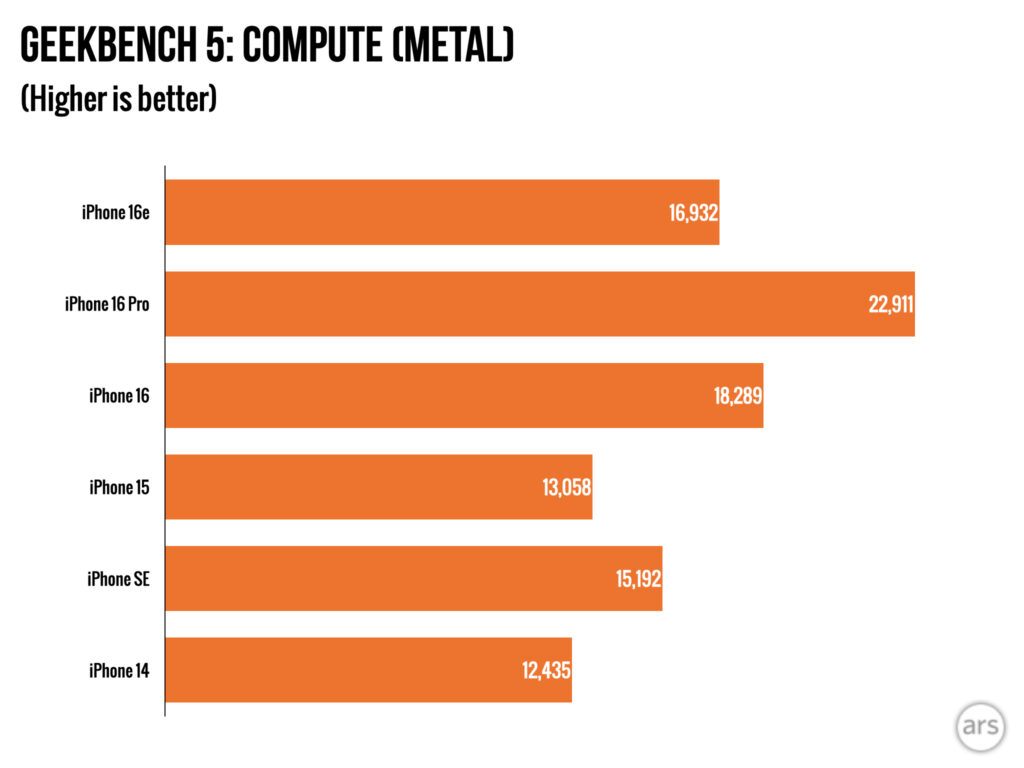
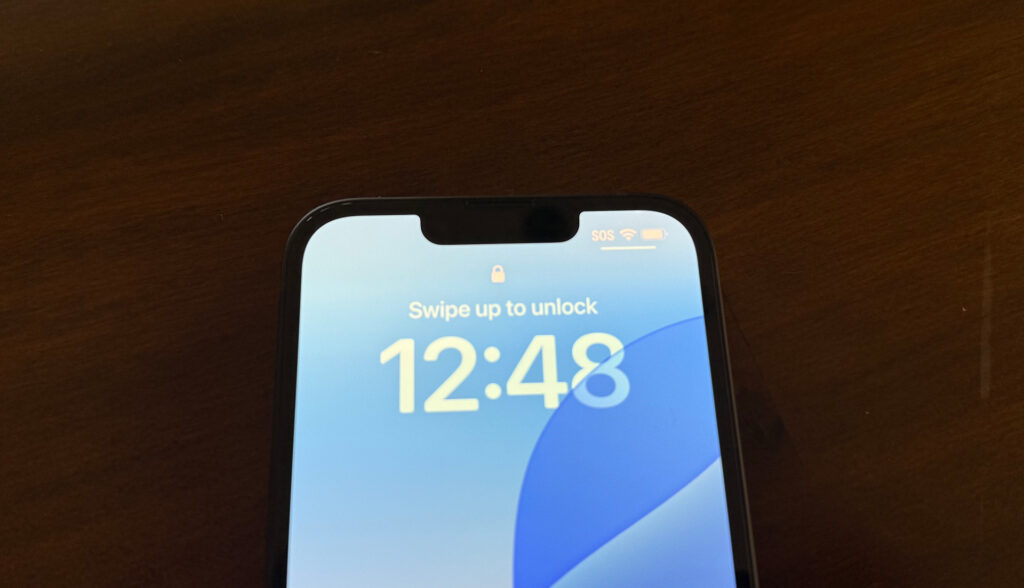
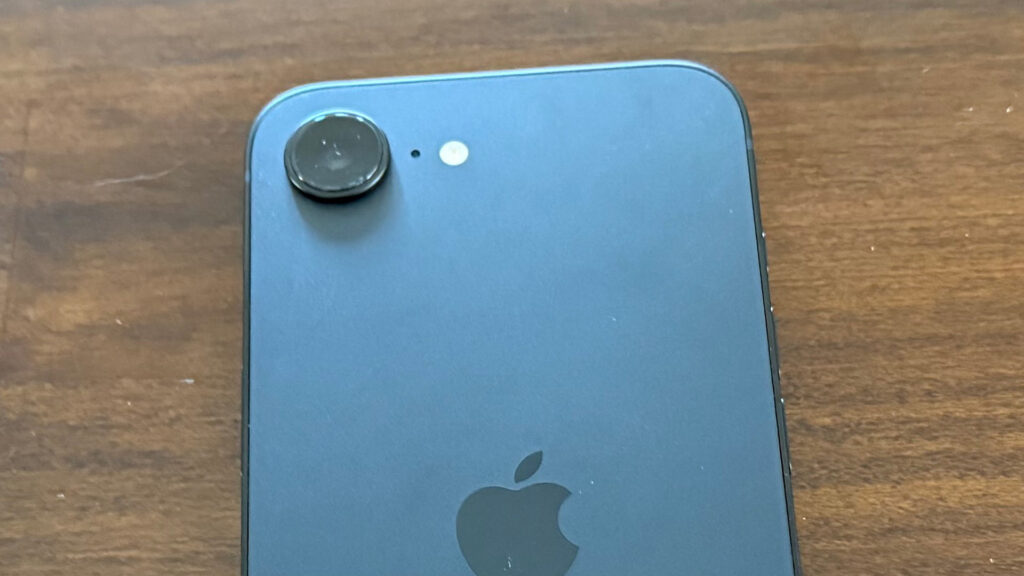







 Loading comments...
Loading comments...
